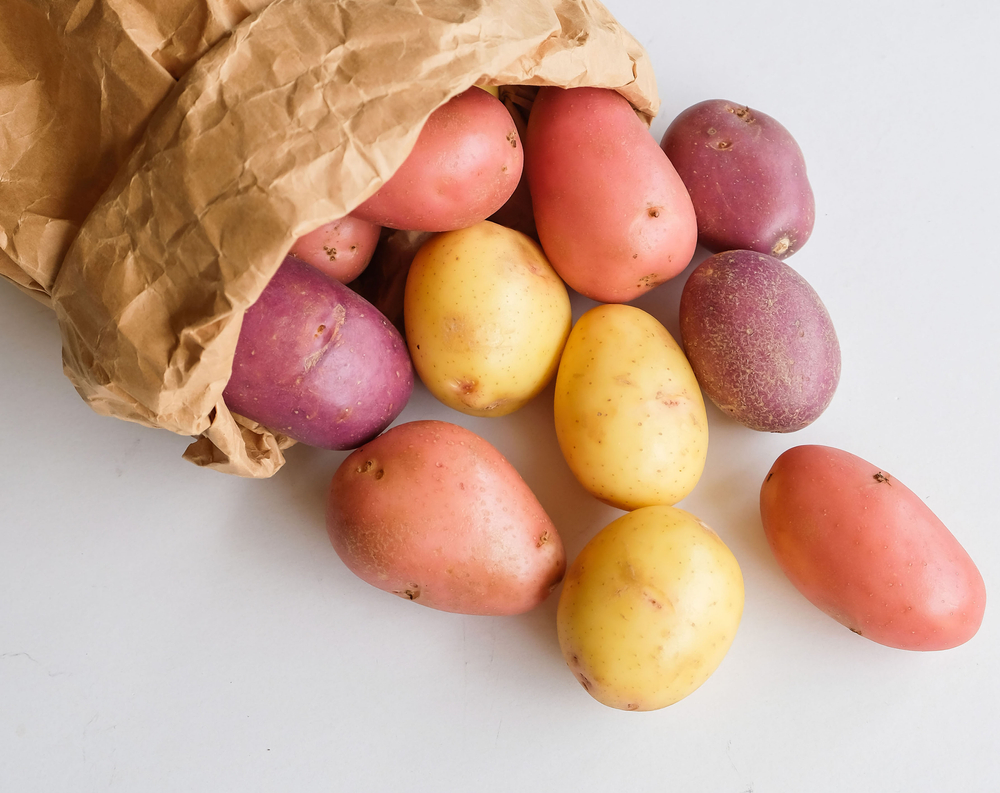Maintain macronutrient ratios when scaling recipes up or down
Scaling recipes while preserving macronutrient balance ensures consistent nutrition across servings and helps with accurate tracking. This article outlines weight-based conversion methods, density and cooking-yield adjustments, grocery and costing considerations, and practical mealprep tips for reliable portions.

Scaling a recipe without altering its macronutrient ratios requires deliberate measurement and consistent tracking. When you increase or decrease a recipe, the goal is to keep protein, carbohydrates, and fats in the same proportions so per-serving nutrition remains predictable. This is especially important for mealprep, batch cooking, and anyone tracking calories and macros. Begin by converting all ingredient measures to weight, account for cooking yield and density differences, and verify per-serving values after the dish is cooked to avoid unexpected shifts in nutrition.
This article is for informational purposes only and should not be considered medical advice. Please consult a qualified healthcare professional for personalized guidance and treatment.
How do macros change with scaling?
Macronutrient ratios are proportions rather than absolute numbers, so mathematically they remain constant when every ingredient is scaled by the same factor. In practice, differences occur because some ingredients are hard to divide precisely (like eggs), liquids evaporate during cooking, and absorption rates change with batch size. To reduce these errors, use gram-based measurements and calculate the macro content of each ingredient before and after scaling. Doing so preserves the intended ratio and highlights any ingredient substitutions or rounding decisions that could shift the balance.
How to scale servings and portions accurately?
Decide whether you are scaling by the number of servings or by total batch weight. Convert recipe quantities into grams or milliliters, sum the total weight, and compute the macros per 100 g or per serving. Multiply those per-gram macro values by the new total weight to get updated totals. For indivisible items, use weighed equivalents (for example, 50 g of beaten egg equals a fraction of an egg) to maintain accuracy. After scaling, divide the finished batch weight by serving count and recalculate per-serving macros to confirm the ratios remain aligned with targets.
How to handle conversion and density issues?
Volume measures vary widely by ingredient density: a cup of cooked rice and a cup of chopped vegetables have different weights. Always prefer a food scale where possible. If you must use volume, reference reliable conversion tables or product labels for grams per cup for that specific ingredient. For mixed or processed items (yogurt, nut butter), consult nutritional databases for weight-to-volume conversions. Keep a conversion reference file for frequently used items to speed up future scaling and reduce errors introduced by inconsistent packing or measuring methods.
How to track calories and ingredients when batching?
Batch cooking often changes the final weight due to evaporation or absorption. Measure the cooked, cooled batch weight rather than relying on raw ingredient totals to obtain accurate per-serving nutrition. Enter cooked weights into your tracking app or spreadsheet, and keep a record of cooked macro totals. When recipes concentrate (sauces reduce) or expand (grains absorb water), per-gram calorie density changes — tracking using the final cooked yield prevents misleading estimates.
What to consider for grocery, costing, and yield?
Scaling affects grocery lists, costing, and yield. Larger purchases can reduce unit costs, but consider storage, perishability, and whether the scaled yield matches available packaging sizes. Estimate ingredient costs by converting store prices into cost per 100 g or per kilogram and multiply by scaled quantities to forecast grocery spend. Account for expected yield losses (trim, evaporation, spillage) when estimating how much to buy for a target number of servings. Local services for bulk buying or specialty storage can influence both cost and feasibility when preparing large batches.
| Product/Service | Provider | Cost Estimation |
|---|---|---|
| Nutrition tracking app (free + premium) | MyFitnessPal | Free basic; Premium approx $9.99/month or $79.99/year |
| Nutrition and micronutrient tracking | Cronometer | Free basic; Gold approx $5–6/month or annual discount available |
| Calorie and macro tracker | Lose It! | Free basic; Premium approx $9.99/month or $39.99/year |
| Food composition database | USDA FoodData Central | Free |
| Meal planning and tracking | Yazio | Free basic; Pro approx $4–10/month depending on plan |
Prices, rates, or cost estimates mentioned in this article are based on the latest available information but may change over time. Independent research is advised before making financial decisions.
How to keep tracking consistent over time?
Maintain a record of final cooked weights and per-batch macronutrient totals so future scaling references actual results. Use consistent units (grams for solids, milliliters for liquids) and store density conversions for commonly used ingredients. When substituting ingredients (different oils, alternative flours, or protein sources), immediately recalculate macros rather than assuming direct equivalence. Regularly review per-serving calories and macro percentages compared to your target ratios and adjust portion sizes accordingly to maintain consistent nutrition across multiple cooking sessions.
Scaling recipes while preserving macronutrient ratios is practical with a weight-based workflow, careful conversion handling, and verified cooked yields. By tracking ingredients, accounting for density and cooking losses, and checking per-serving values after cooking, you can scale servings up or down without unintentionally changing the balance of protein, carbohydrates, and fats.




